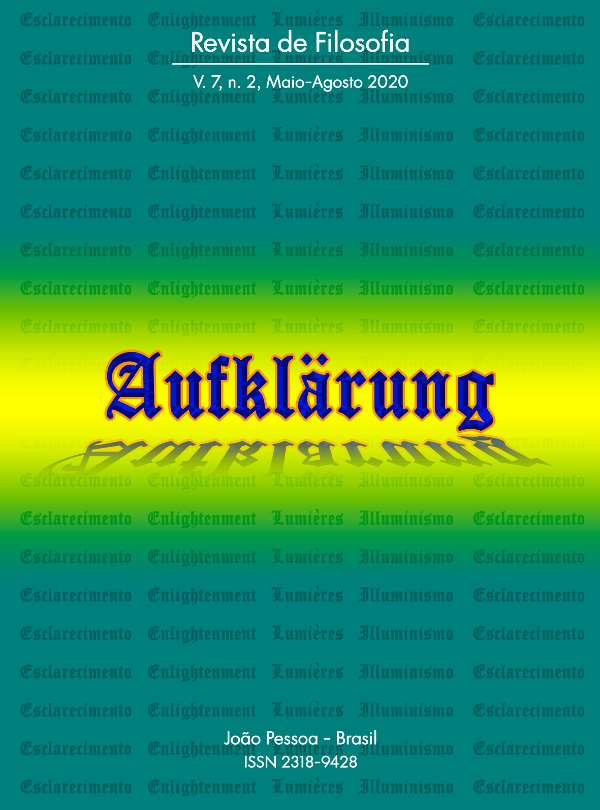The image of man and the critic to the Ancien Regime in J. G. Schnabel’s Insel Felsenburg (1731). A contribution to the study of fictional characters in the context of the Frühaufklärung
DOI:
https://doi.org/10.18012/arf.v7i2.51748Keywords:
process of characterisation, image of man, lutheranism, Robinsonade, FrühaufklärungAbstract
Insel Felsenburg, the most famous German Robinsonade, published some twelve years after Robinson Crusoe, is an outstanding literary document of the early Enlightenment and of certain phenomena that occurred in that context such as the rise of the novel and (very belatedly in the German territories) of the bourgeoisie as a ruling class. The aim of this article is to give an account, through a characterisation of the characters in Schnabel's novel, of the implied theory of individuality. This will allow us to understand the extent to which this theory is structured by the Lutheran doctrine, which the author uses in a creative way for literary purposes to polemicize against the marked optimism that characterizes both the genre of the Robinsonades and, roughly speaking, the historical-literary period of the Frühaufklärung.
Downloads
Additional Files
Published
How to Cite
Issue
Section
License
Journal general policy
1.This journal works under a Creative Commons License aplied to online journals. That icence can be read in the following link: Creative Commons Attribution 4.0 International (CC BY 4.0).
2.Accordingly to this License, a)the journal declares that authors hold the copyright of their articles without restrictions, and they can archieve them as post-print elsewhere. b)the journal allow the author(s) to retain publishing rights without restrictions.
Metadata Policy for information describing items in the repository
1. Anyone may access the metadata free of charge at anytime.
2.The metadata may be re-used in any medium without prior permission, even commercial purposes provided the OAI Identifier or a link to the original metadata record are given, under the terms of a CC BY license refered for the Journal.







































